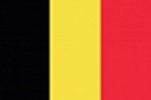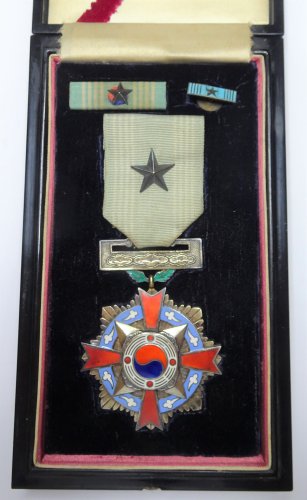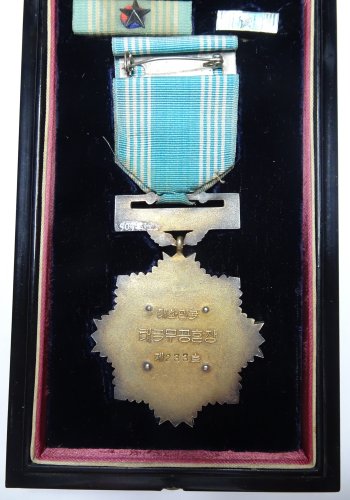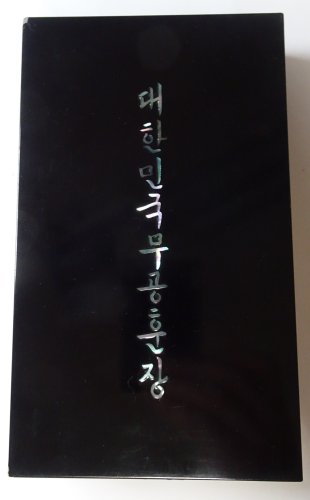
At the request of the United Nations, the Government of the Kingdom of Belgium sent an infantry battalion to support the Republic of Korea. Belgium had experienced two military occupations on its soil during the 20th century and did not want to refuse assistance to a people that were suffering a similar ordeal.

The Belgian constitution would not allow conscripts to be sent on overseas operations, so both the Belgium and Luxembourg governments decided to raise an all-volunteer force to serve under the UN command in the defense of South Korea. Several thousand volunteers applied to join the battalion, and 2,000 made the cut. Seven hundred volunteers completed intense training alongside a platoon of volunteers from Luxembourg. The Luxembourgers were organized into 1st Platoon, A Company of the Belgian United Nations Command. The Belgian volunteer corps left for Korea on Dec. 18, 1950 on the ship ‘Kamina’, arriving on Jan. 31, 1951. En route to Korea, the ship collected volunteers from Turkey and Ethiopia.
South Korean soldiers were made part of the Belgian contingent to bring up their battalion strength. The Belgian-Luxembourg Battalion was assigned to 29th Brigade, 1st Gloucestershire Regiment of the United Kingdom. After the battles at the Imjin River, they were reassigned to the 7th Infantry Regiment of the 3rd U.S. Division, where it remained until September 1955.
The battalion earned a reputation as gallant soldiers. They fought in several offensive operations, including the Battle of the Imjin River in April 1951. They also saw action at Haktang-Ni in October 1951 and in the Battle of Chatkol in April 1953. In addition to the U.S. Presidential Unit Citation earned at the Imjin River, they earned two South Korean Presidential Unit Citations and commendations from the Belgian Minister of Defense and the US 8th Army commander.
A total of 3,172 Belgians participated in the Korean War. Almost 700 of them voluntarily returned for a second tour, and 19 returned for a third tour of duty. The respect for this small battalion is still evident today, as all Belgian infantry units have replaced their khaki cap with the dark brown ‘Korea Beret’ worn during the Korean War.
“BELGIANS CAN DO TOO” was a slogan written across the windshield of the jeep used by the units Padre. During the battles around the “Iron Triangle”, Padre Vander Goten seeing the exhaustion of the troops, modified the motto of the US 15th Infantry Regiment (the “Can Do” regiment) to raise the morale of troops under his care. The phrase became famous in Belgium and is thought to summarize the spirit and courage of the Belgian contingent.
The Belgian Battalion lost 106 troops killed in action, along with two Luxembourgers, and 9 Korean soldiers. There were 478 Belgians and 17 Luxembourgers who were wounded in action, and 5 Belgians are still posted as missing in action. At least 2 men died in North Korean POW Camps. Belgian troops remained in Korea until June 1955.
The Republic of Korea established their Belgium / Luxembourg Memorial on Sept. 26, 1975. It is located at 130 Sangbongam-dong, Dongducheon-si, Gyeonggi-do.
Belgium has a number of Korean War Monuments:
- Campaign for Peace, Nationale Basiliek
- National Monument of Woluwe-Saint-Pierre, Korea Square
- Kamina-Korea Monument
- Oostmalle Korean War Memorial
- Tielen Korean War Memorial, Belgian 3rd Parachute Battalion (The Battalion maintains the traditions, including the standard and badge of the Belgium United Nations Command.)
Belguim’s Unknown Soldier
Belgium’s Unknown Soldier was awarded the Korean Order of Military Merit, Taeguk class with Gold Star on June 30, 1961. Until recently, the medal was on permanent display in the Royal Army Museum in Brussels, which has caused the ribbon to fade. The museum plans to re-display the medal in a mini-expo later in 2022. There is no specific monument or memorial to the Korean War Unknown Warrior in Belgium. They do have a World War I, Unknown Warrior Memorial in the military section of the Laeken Cemetery, near Brussels. Later, the symbolic meaning of this monument was extended to include all of Belgium’s unknown warriors, regardless of the conflict in which they perished. With that perspective, the Korean Order of Military Merit was given to Belgium’s Unknown Warrior.



Photos are the courtesy of Marc Brans, Dept I – faleristics collection / regimental colours, Royal Army Museum, War Heritage Institute, Parc du Cinquantenaire 1, B-1000 Brussels, Belgium. The medal and case carry museum inventory numbers of 909839 and 909840, respectively. In addition, the museum has the original Award Document (in Korean), the Award Translation Document (in English) and the original tube that it came in (Museum inventory numbers 909841, 909842 and 909843)
The Royal Military Museum in Brussels, maintains a website at https://klm-mra.be/en and at https://klm-mra.be/en/historic-gallery
